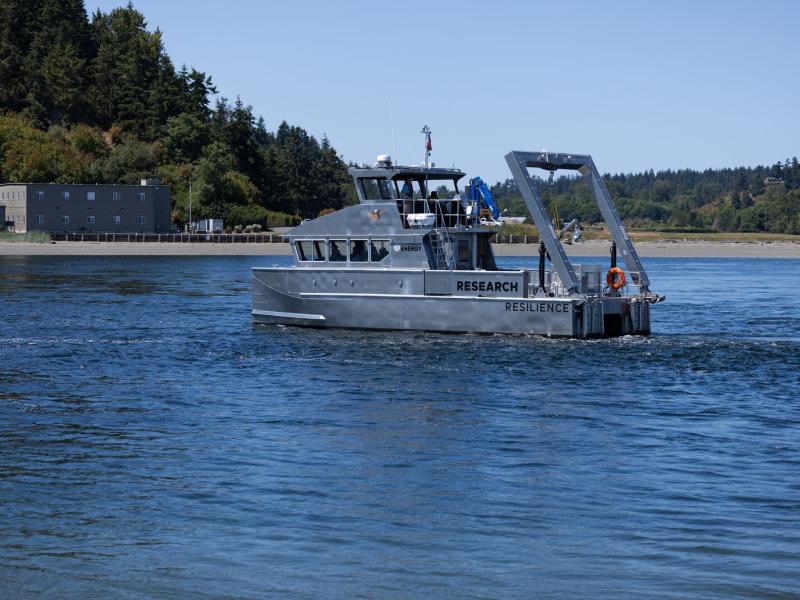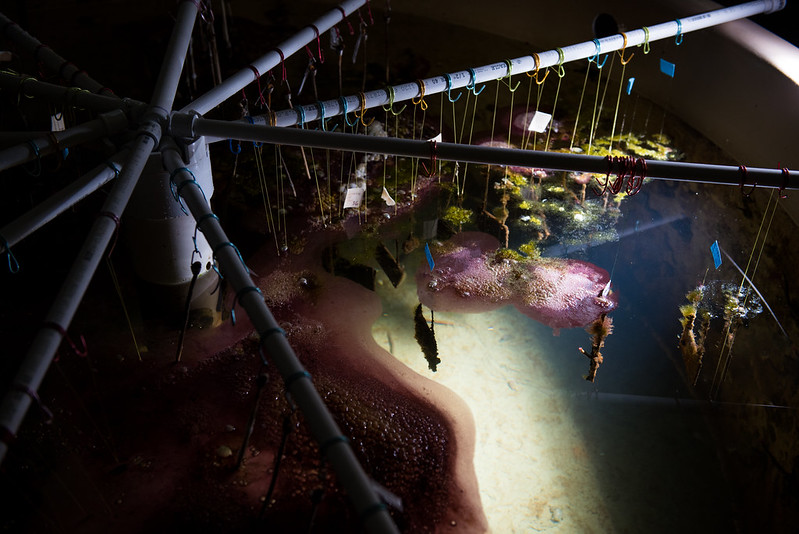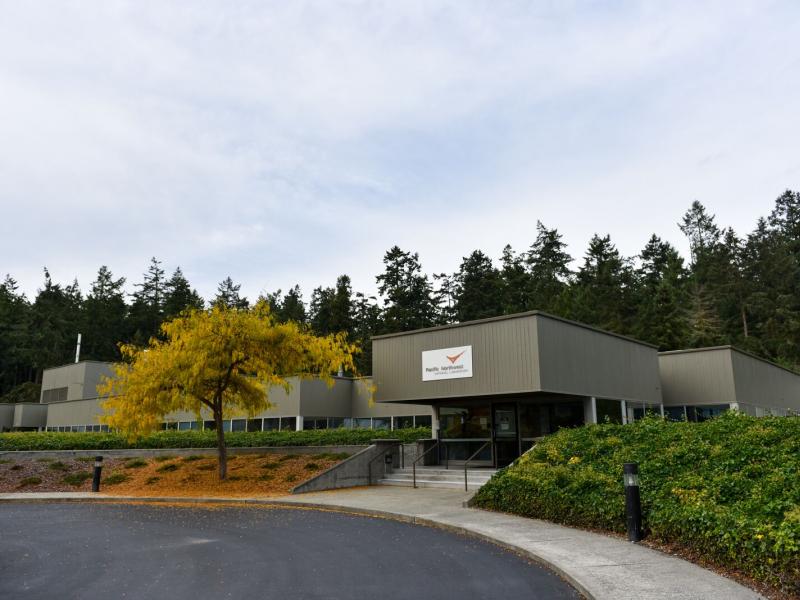
Marine Biofouling
and Corrosion
Marine Biofouling
and Corrosion
Addressing challenges
with biology and materials science
Addressing challenges
with biology and materials science
As ships travel across America’s waterways, they encounter a costly, pesky problem in the form of bacteria.
This bacteria can spread like a network across moist surfaces, creating biofilms. An undesired growth or accumulation of biofilms is called biofouling.
The operation of marine equipment and vessels, ranging from ships, to turbines and buoys used for marine energy, is affected and threatened by biofouling. This fouling is a major cause of the transport of invasive aquatic species. In the United States alone, more than 250 invasive species threaten natural resources, human health, and the economy.
Biofouling expertise at PNNL
PNNL conducts research in quantifying the initial steps of the biofouling process. Researchers can characterize and enumerate all biological organisms that foul a surface in either saltwater or freshwater. This includes determining exact speciation through sequence analysis.
At PNNL-Sequim, there are test facilities that can control water velocity, salinity, temperature, and light intensity. These facilities replicate diverse environments in nature, using real sea water pumped from Sequim Bay into onsite wet laboratories. Researchers test multiple coatings and paints under the same environmental conditions to assess performance.

PNNL’s success in developing antifouling coatings and cleaning processes has cemented the laboratory’s international reputation in biofouling research.
Scientists at PNNL developed the world's first truly quantitative methods to measure the amount and rate of fouling buildup and novel nondestructive approaches for monitoring biofilm growth. One PNNL innovation is a coating called Superhydrophobic Lubricant Infused Composite, known as SLIC. Ten times more slippery than Teflon™, the key to SLIC’s coating is a liquid layer that keeps organisms from settling on it. PNNL researchers are now looking into ways SLIC could help battle corrosion in hydropower and marine renewable energy systems.
PNNL- Sequim researchers combine biology with materials science to revolutionize how biofilms and biofouling are detected, monitored, and measured by developing a suite of new tools and methods for analysis.
As part of a multi-laboratory and university team for the U.S. Department of Energy’s Water Power Technologies Office, PNNL-Sequim scientists are working to improve the performance of composite materials for use with marine renewable energy devices. PNNL also explores how to use lasers to pre-treat metal materials and help decrease corrosion, reduce material costs, and increase material lifespan.
With a successful track record, PNNL will continue to find solutions to biofouling that help the marine industry and the environment.

